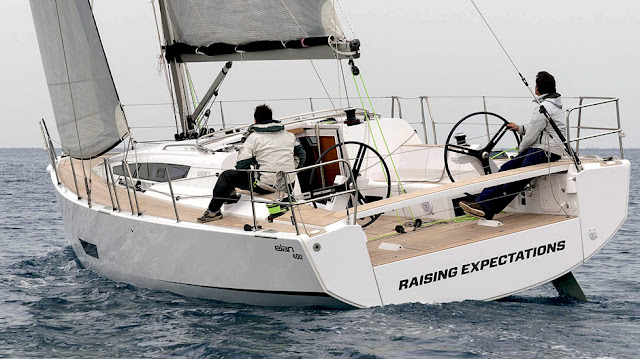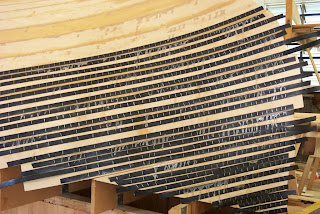The following Press Release was Sent Yesterday
For Immediate Release Clinton B. Chase, Jr.
Tuesday, March 2, 2010 Sole Proprietor, Clint Chase Boatbuilder
Clint Chase Boatbuilder US Agent for François Vivier Architecte Naval; Brings CNC Boat Kits to New Boat Builders
Portland, Maine –Clint Chase is pleased to announce that Clint Chase Boatbuilder will now be a US agent for precision cut boat kits for François Vivier, a prolific designer of ships, yachts, and traditional small craft in France. Additionally, Clint Chase is contracting with other designers around the world to bring new boats and CNC (Computer Numerically Cut) boat kits to our market for the first time. Vivier’s design work is iconic in France and other EU countries and is bound to become equally iconic to the wooden boatbuilding and boat kit industry in North America.
We are also providing CNC kits to designs by Michael Storer, from Adelaide, Australia, Eric Risch, from Gardner, Maine, and we are in talks with designers in the UK, Finland, and New Zealand. CNC cutters in Maine will be employed to cut the kits and ship them by freight. Cutters in North Carolina and soon Texas will also be employed in the greater effort to get kits into the hands of builders around the country.
Clint has been cutting kits for several months, but is impressed by the interest in CNC boat kits by potential customers, the wooden boat community, and designers whom he has contacted. About a recent kit delivery, a customer in Houston, Texas said, “[the Goat Island Skiff] is a very nice kit overall. I looked at the wood grain pattern of the tank tops and transom, a very nice selection! The crate shows that you care about the things you build. Everything was well packed and labeled.”
"I applaud Clints approach to bring international boat designers kits to the North American market. There are so many creative ideas for small boats around the globe and Clint is approaching this in just the right way. We all wish him well. At the WoodenBoat Show [www.thewoodenboatshow.com] this year (June 25-27, at Mystic Seaport, CT), we are taking a new approach to Family BoatBuilding [www.familyboatbuilding.com]. For the first time, we will be inviting independent kit-producing companies to exhibit and to teach families and groups how to build their own boats. Clint was one of the first to contact us, and we are delighted that he will be building the Echo Bay Dory Skiff with a number of families. Clint is the consummate teacher, and we are excited to have him helping us."
---Carl Cramer, publisher of Wooden Boat Magazine and Professional Boatbuilder
Clint Chase is a graduate of The Landing School of Boatbuilding and Design in Kennebunkport, Maine. He started Clint Chase Boatbuilder after four years running youth boatbuilding programs. The three pillars of the business are: ultra-light, wooden masts and spars (“Birdsmouth” spars for sailboats), custom wood and composite oars, and precision-cut, CNC Boat Kits. In the US, there is a growing popularity and demand for CNC plywood kits for exceptional motor, sail, and rowboat designs from 8-28 feet. However, there are only a few kit providers in the market from which customers can choose and none that are reaching out to designers abroad to bring their beautiful boats to the US market. For more information please visit http://www.clintchaseboatbuilder.com or see our exhibit (building #2, display 19) at the 2010 Maine Boatbuilders Show (March 19-21st at The Portland Company Complex in Portland, Maine).
 With very shallow draft launching and recovery, essential features for a trailer
With very shallow draft launching and recovery, essential features for a trailer 

























